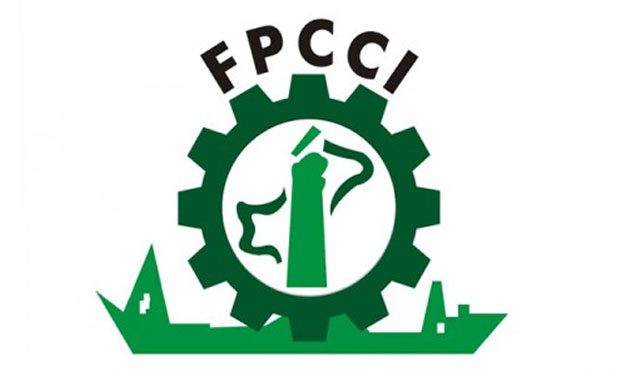ISLAMABAD: The country has lost the capacity to support an overvalued rupee which was the reason behind exchange rate erosion which continues to take a toll on the masses and the economy, a business leader said Saturday.
The rupee has been depreciated 19 per cent during the last seven months while further erosion in the exchange rate will damage economy beyond repair, he said.
The demand for the dollar is driven by political and economic instability, uncertainty, corruption and money laundering, said Federation of Pakistan Chambers of Commerce and Industry (FPCCI) Chairman Coordination Malik Sohail.
He said that rupee will remain weak as long as the country’s imports outpace exports while it can remain stable through the intervention of State Bank of Pakistan (SBP) which is a costly solution.
Malik Sohail who has also served as Islamabad Chamber of Commerce and Industry (ICCI) former senior vice president said that the trade and current account deficit for the year 2015 was $25 billion which jumped to $28.5 billion in 2016 and climbed to $45 billion in 2017 but the exchange rate remained stable during these three years.
The central bank was forced to pump huge amounts of dollars in the open market during these three years keeping exchange rate stable which was an opportunity for the corrupt to buy cheap dollars to be stashed in foreign banks and offshore companies while the concerned departments preferred to ignore it.
The merciless pumping of dollars in the market eroded the forex reserves and it lost the ability to intervene in the market resulting in fall of rupee.
He said that the arrest of a banker over charges of money laundering to the tune of billions of rupees is a good step which will result in startling revelations while discouraging corrupt people and crooked bankers.
Masses should be kept informed about the disclosures, he demanded.




